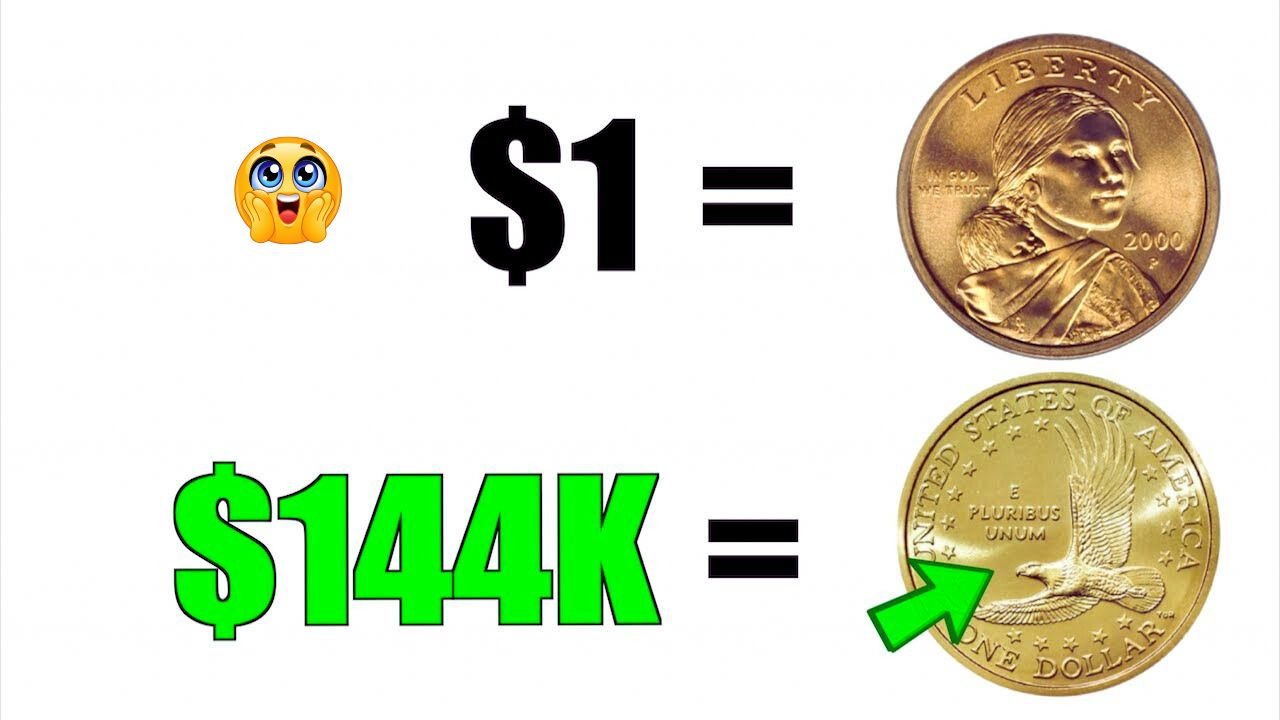Have you ever dug through your couch cushions for spare coins and dreamed of striking it rich? Well, one tiny penny from the past might just make that dream come true. The Lincoln Wheat Penny, a classic American coin, has been turning heads lately after a rare version sold for a whopping $144,000 at auction. Minted way back between 1909 and 1958, these small copper pieces feature Abraham Lincoln’s face on one side and two wheat stalks on the other. Most folks toss them aside as old junk, but collectors know better. With billions made over the years, some slipped through the cracks and could still be floating around in everyday cash drawers or grandma’s cookie jar.
A Quick Look Back at the Penny’s Story
The Lincoln Wheat Penny hit the scene in 1909 to honor the 100th birthday of President Abraham Lincoln. It was the first U.S. coin to show a real person’s face, and designer Victor David Brenner made sure Lincoln looked wise and kind. Back then, pennies were mostly copper, and people used them for everything from buying candy to paying rent. The wheat design on the back symbolized America’s farming roots, which fit the times perfectly. Production stopped in 1958 when the U.S. Mint switched to the Lincoln Memorial design we see today. Over nearly 50 years, they cranked out more than 30 billion of these pennies, so they’re common finds at garage sales or in family heirlooms. But not all are created equal, and that’s where the big money comes in.
The $144,000 Prize: What Makes It Special?
Talk about a lucky break. In a recent auction, a super-rare 1914-D Lincoln Wheat Penny in mint condition fetched $144,000 from excited buyers. The “D” stands for Denver, where it was made, and only about 1.2 million of that year’s batch rolled out. What sets this one apart is its near-perfect state, with no scratches or wear from years of handling. Coin experts grade them on a scale from 1 to 70, and this beauty scored a 67, meaning it’s almost as shiny as the day it left the mint. Errors like doubled letters or off-center strikes can jack up the value too, but low numbers from early years like 1909 or 1914 are the real goldmines. Imagine finding one in a roll of pennies from the bank, it happens more often than you think.
Still Circling in Circulation After All These Years?
You might wonder if such a valuable coin could really still be out there among the quarters and dimes. The short answer is yes, though it’s slim odds. Since Wheat Pennies stopped being made in 1958, most have been pulled from use over time. But with so many around, a few strays pop up in change now and then. Banks sometimes hand them out in mixed rolls, and old vending machines or estate sales keep them alive. No one’s melting them down anymore because of their collectible charm, so they linger in pockets and purses. Just last year, stories hit the news of folks finding rare ones worth thousands in their spare change. While $144,000 is top-shelf rare, everyday hunters snag $50 to $500 pieces all the time. Keep your eyes peeled, especially in the Northeast where old coins circulate longer.
Spotting a Keeper: Tips for Coin Fans
Want to try your luck without expert eyes? Start by checking the date and mint mark on the front under Lincoln’s neck. Look for a tiny “D” for Denver or “S” for San Francisco, as those from 1909 to 1914 are hot items. Feel the edges, they should be smooth, and the color ought to be that warm reddish-brown, not dull brown from wear. Avoid cleaned coins, which lose value fast if someone polished them wrong. If you spot something fishy, snap a photo and hit up a local coin shop or online forums for free advice. No need for fancy gear, just patience and a magnifying glass. Remember, most Wheat Pennies are worth just a few cents, but that one-in-a-million find could change your life.
To give you a sense of the range, here’s a quick table of some standout Lincoln Wheat varieties and their rough values in top shape:
| Year and Mint | Key Feature | Estimated Value |
|---|---|---|
| 1909-S VDB | Designer’s initials | $1,500 – $5,000 |
| 1914-D | Low mintage | Up to $144,000 |
| 1922 No D | Missing mint mark | $500 – $2,000 |
| 1955 Doubled Die | Thick doubled lines | $1,000 – $3,000 |
In the end, the thrill of the hunt keeps coin collecting fun for families across the country. Whether you’re a kid with a piggy bank or an adult sorting laundry change, that little Wheat Penny reminds us history’s full of surprises. Who knows, your next handful of coins might hold a fortune.
